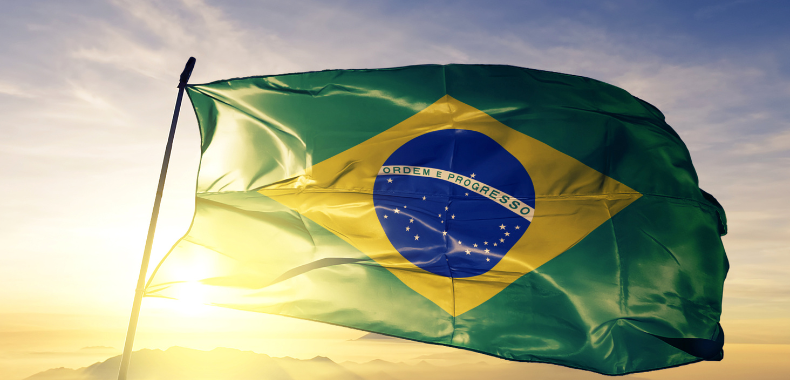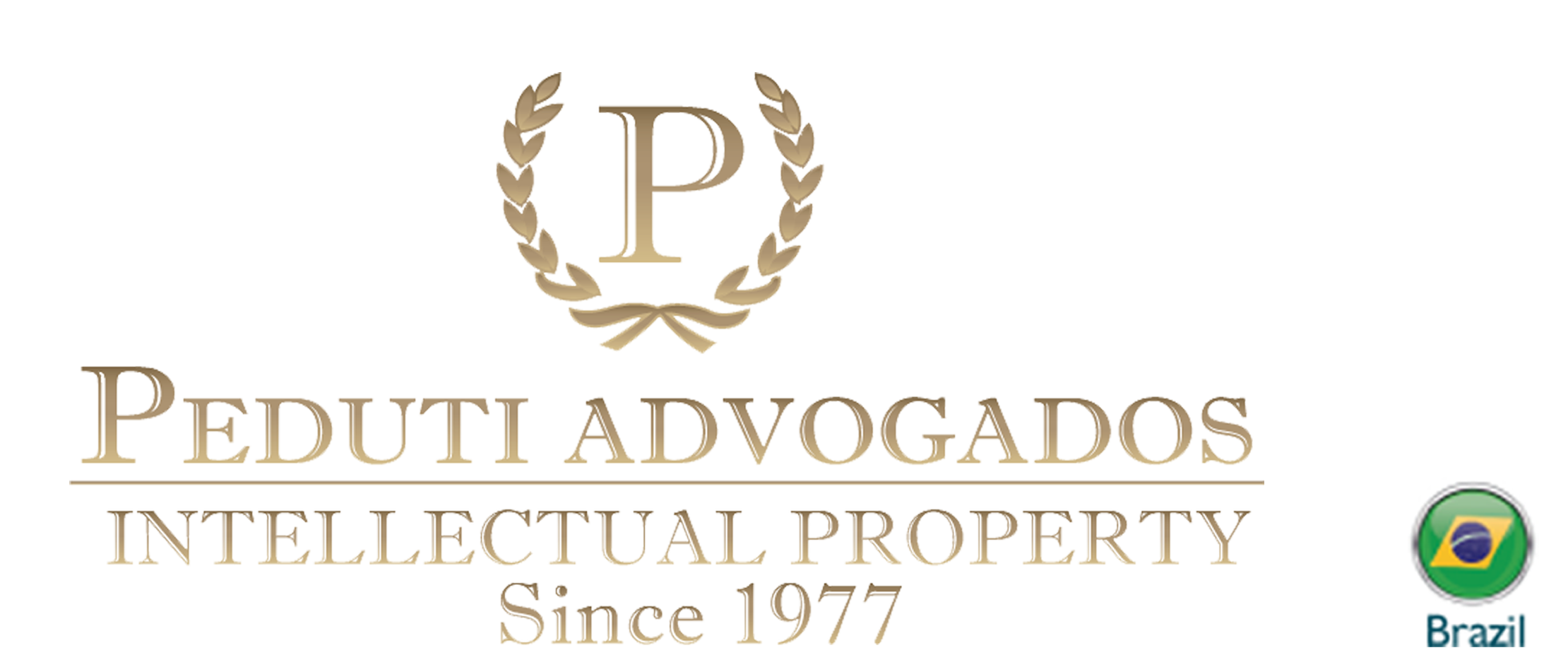After 23 years of the Genebra Act (July 2, 1999), Brasil is preparing to enter the Hague System for Industrial Designs, therefore being close to be the first South American country to join it.
That’s right. On March 16, this year, Brazil’s President Jair Bolsonaro remitted to the National Congress (responsible for legislation) the proposal for Brazil’s adherence to the Hague System (Genebra Act). The unprecedent procrastination for this adherence wasn’t unnoticed though, since the Chamber of Congressman approved on June 28 the motion for urgency on the proceedings (it is worth remembering that Brazil only ratified the Madrid Protocol regarding trademarks almost 20 years after the protocol was already adopted by several member nations!).
After this long waiting, finally Design owners will have the opportunity to concentrate the filings in one single application, aiming to confer Ip rights/protection in all member nations (now, 68) and members associations, such as OAPI’s territories.
In a nutshell, the Hague Agreement (1925) is composed by three different international IP treaties: the London Act (19334), followed by the Hague Act (1960) and Genebra Act (1999) and can be defined as an international registry system that offers the possibility to protect industrial designs in all member nations’ territories through a single application filed before the World Intellectual Property Organization (WIPO).

Those acts are autonomous, meaning that a member nation may decide adhering to a specific act (such as Canada, Europe Union and now, Brazil, that joined only to Genebra Act) or all of them. To apply for an international industrial design application, the applicant must: (i) be a national of one of the member nations or organizations; (ii) be domiciled in one of the members nations or organizations; or (iii) have an effective industrial/commercial establishment in one of the member nations or organizations.
It is important to mention that the registration is not obviously automatic. First, WIPO will formally analyze if the application meets the ID requirement, that is, if the application “drawings” are sufficiently clear, if it is indeed a “ornamental arrangement/set of lines/color with industrial application” and tax payment. After the publication on WIPO’s bulletin, each member nation/organization may refuse the ID’s protection due to non-compliance to internal legislation (in Brazil, ornamental aspect; originality; novelty, external arrangement – excluded internal elements and the arrangement must not be functional).
The member nation’s Patent and Trademark Office shall notify WIPO about the refusal, and the applicant will count of the same administrative appeals that it would count with in case the ID was applied directly before the said member nation’s PTO.
In any event, until this moment no Brazilian residents are allowed to apply under this simplified proceeding, being bound to the need of applying for Industrial Designs in every territory it deems necessary to protect/enforce its IP rights. This means more bureaucracy, more costs (each application implies the payment of one Official Taxes, for each jurisdiction), and more time spending on securing the registrations.
In the same way, foreign residents cannot extend to Brazil its ID registration under Hague System, since Brazil is not a member nation (yet!). Similarly, it is worth noticing that China itself only adhered the Hague System in 2021, with effects due to May 5, 2022. China’s adherence to the System was extremely positive, since Chinese residents are responsible for half of ID applications in the world (795,504 applications only in 2020!).
In Brazil, although the scenario is humbler (5,204 applications in 2020), the recent news is welcomed by the IP community and investors, since the ultimate forecast is that the adherence to the Hague System will reduce transactional costs to the Design & Innovation segments, giving the investors trust and incentive to bring its goods (designs) to the country and invest in its protection.
Since the adherence proceeding is being processed under urgency and priority, the expectation is that Brazil will formally join the Hague System within one-to-two years, introducing the welcomed possibility of international application for ID’s.
—
Author: Rafaella Franco, Associate Lawyer at Peduti Advogados.
Source: Despachos do Presidente da República; Aprovada urgência para adesão do Brasil ao Registro Internacional de Desenhos Industriais
—
“If you want to learn more about this topic, contact the author or the managing partner, Dr. Cesar Peduti Filho.”
“Se quiser saber mais sobre este tema, contate o autor ou o Dr. Cesar Peduti Filho.”




